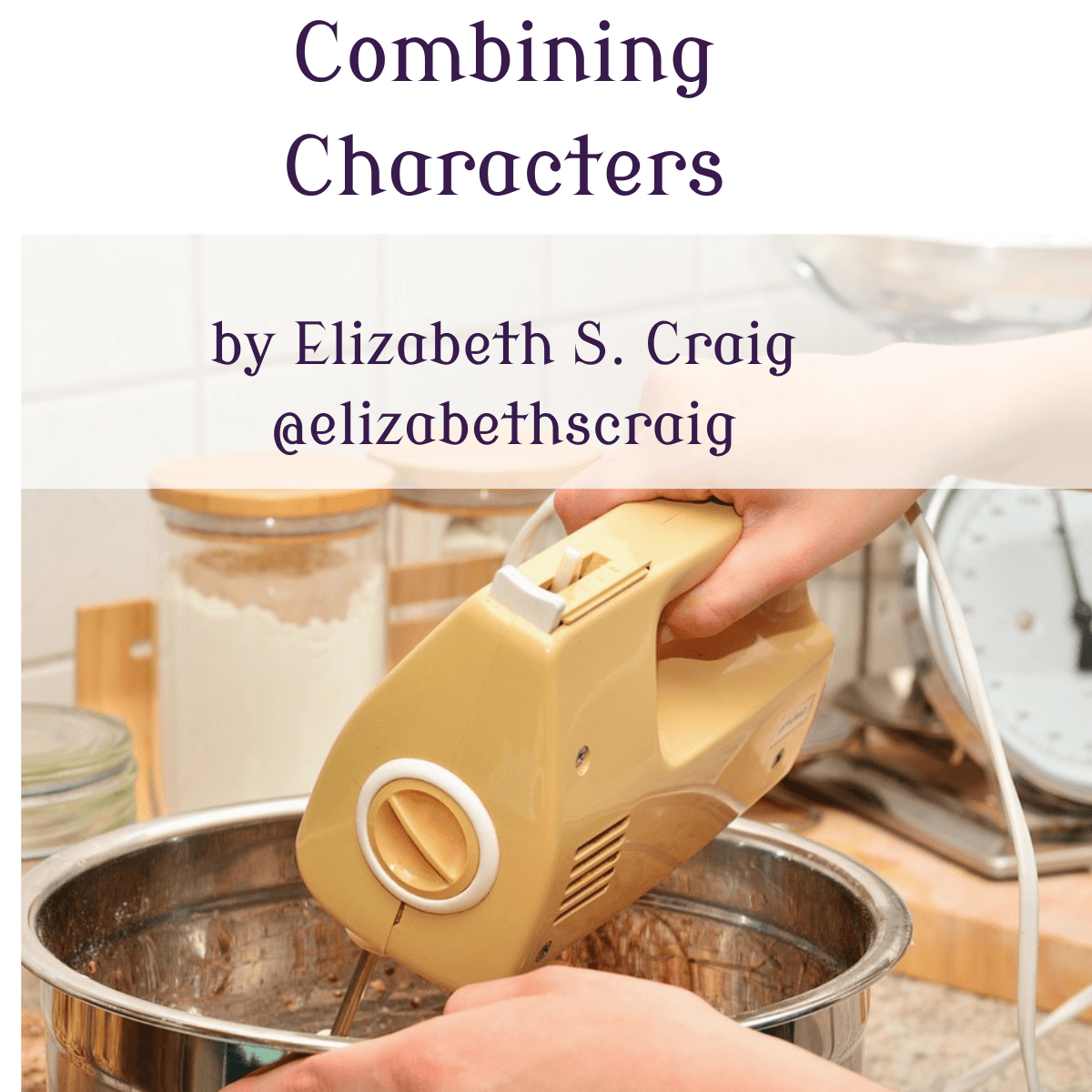by Elizabeth S. Craig, @elizabethscraig
I was reading a mystery recently, a book that I was enjoying. It was a British police procedural with great, atmospheric settings, interesting characters, and a puzzling murder.
It was also very confusing, although it didn’t start out that way. Starting out, it seemed well-organized with shifts between the POV of the victim’s girlfriend and the POV of the investigating officer.
But suddenly, the reader was introduced to what seemed like the entire police station. Two characters seemed as if they might be sounding boards for the detective. Then there were a couple of others who seemed like bad apples, making the police department look bad. A few others were introduced, as well. All of the characters were named.
If a character is named, I try hard to remember who the character is for the next time he pops up in a scene or is mentioned in dialogue. Chapters went by, however, without the characters being mentioned again.
Then I realized it was a debut novel by the author, although the series is now an established one.
Sure enough, later on it became obvious. Two of the named detectives that returned in future chapters, were just sort of sidekick characters. It wouldn’t have been a problem unless there weren’t many other characters. But there were.
In this instance, I think it would have been helpful for the author or editor to realize the two characters could be combined into one because they played the same role in the story.
This can be done in plenty of other situations. Do you need two close friends for your protagonist? Do you need two neighbors to give perspective on the protagonist’s neighborhood?
It’s tricky for readers, especially in today’s distracting world, to keep up with a large cast. This is just one way to winnow them down.
Do you get lost with too many characters as a reader? How do you address it as a writer?
Combining Characters in Your Story: Share on X
Image by congerdesign from Pixabay

Hi Elizabeth – I only read and maybe write v short 'stories' … well they obviously worked things out if there's an established series. I'm sure starting out is a live and learn scenario – if one learns as this author did then all is well … I can get frustrated with x number of characters … the thing that most frustrates me is a 'wobbly ending' … cheers Hilary
A wobbly ending is definitely not a good thing! Especially after the reader has invested so much time and interest in the story and the characters.
I know what you mean about combining characters, Elizabeth. Too many characters can be confusing. My thinking is that if a character doesn't serve a purpose in the story, you don't need that character. For characters you do need, it can actually flesh them out to have a few different traits if they're consistent.
Good tip for making characters distinctive, too!
I had a couple of supporting characters in my first series, three–yes, three–who were supporting a particular character. I didn't have specific plans for them, but I had the idea that the character needed something of a posse (they were all tech nerds). I could have combined them into one character, but I felt like that would have demanded that person would have more of a story.
In later installments, I was glad that I kept them distinct, as I was able to use one of them to bring on his cousin, who became a lead character. And since I'm not entirely done with the series, these characters give me more room to add to the story.
But, obviously, if I had given them a lot to do, I'd need to draw them out more. I can see how it can be confusing if you just mush them into the story without a lot of distinction.
It sounds like you did a great job giving them all distinct roles in the series. And you’re absolutely right about the characters providing story inspiration in future books. It can also help with plausibility–for me, having my sleuth get involved in cases requires some sleight of hand. If you’ve got a close friend of a friend (or a cousin), that can really help out.
I've tried to keep my casts down because it is confusing when there are too many. Combining characters is a good way to pare it down. Too bad the editor of that first book didn't think of that.
It’s definitely something I’ve focused on more in the last 10 years of writing. I think it can make a difference to readers, for sure.
You've got a good point. I had too many minor secondary characters and was confusing my critique group so I dropped a few of them.
I’m sure it read a lot better!